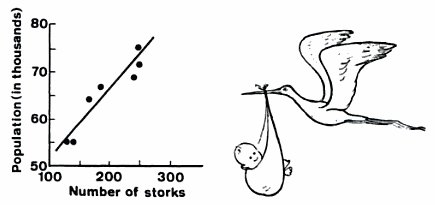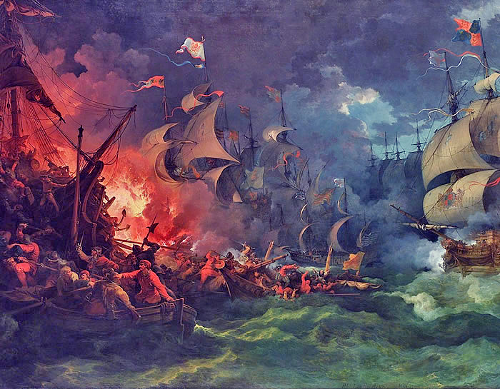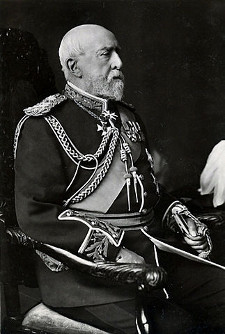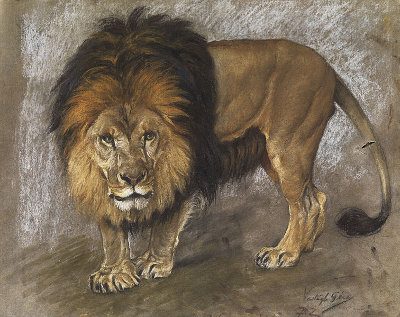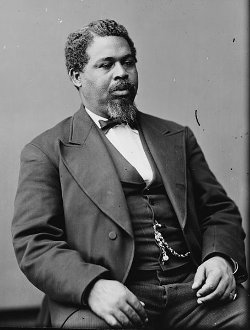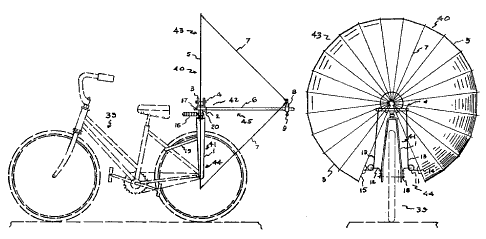
Inventor Warren C. Schroeder offered a novel energy saver in 1981 — a sail for bicycles:
[The] sail … can be erected, dismantled or removed in seconds and … can take advantage of the wind direction in an arc that exceeds 200 degrees. The sail can be reoriented by the operator from the bicycle seat while in operation of the cycle. This allows operator to take full advantage of the full effective wind directional range and change. The use of the sail improves visibility of the bicycle from other vehicle operators thereby improving the safety of the cyclist.
“The bicycle sail allows the cycle enthusiast an inexpensive means of free transportation energy — the wind, ‘sailing on wheels.'” Stopping may be another matter.

